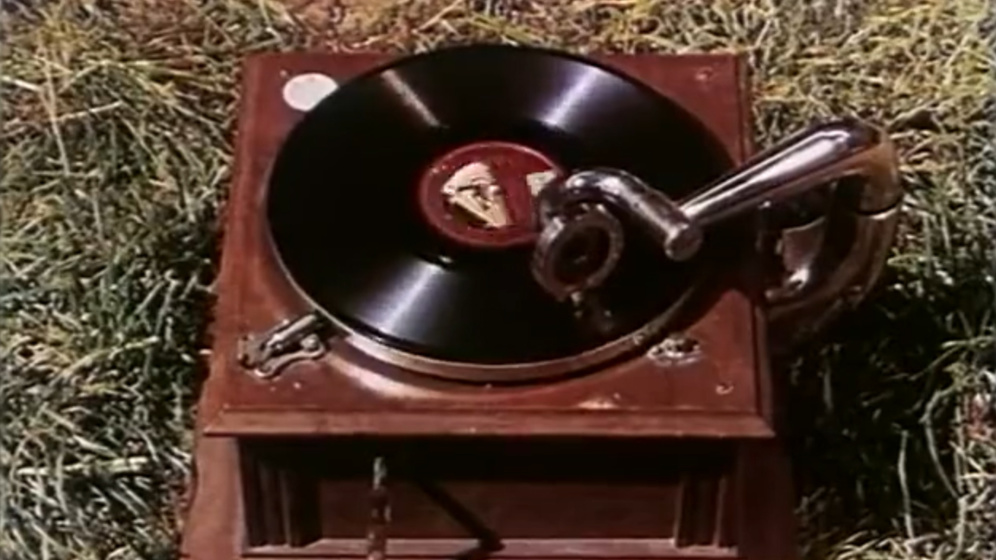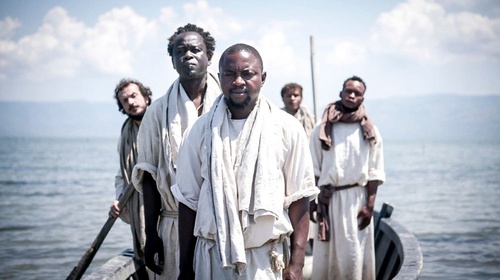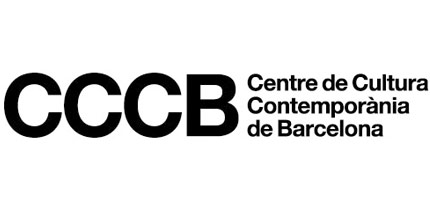Xcèntric. 13th season 2013-2014
The rebellion of objects
Audiovisuals
A celebration of stop-motion animation, in which objects come to life and subvert reality. Since the early days, the cinema has presented the animation of objects as an act of magic. With his skill for trick photography, Starewitch continued the work of Segundo de Chomón whom he replaced at Pathé.
Another great pioneer of still-frame animation is US actor and producer Charley Bowers, admired by the surrealists — and Švankmajer — for his imagination and the juxtaposition of ideas and objects of different natures. Švankmajer sees objects as “more alive than people” and talks of “bringing them to life” by means of animation. The Quays share this view that Švankmajer and other surrealists have of objects. In Byt (The flat), featuring writer Ivan Kraus, all the objects and appliances rebel against an occupant who stoically accepts his bad luck in a blackly humorous political allegory. The sinister nature of objects brought to life by animation is also apparent in Renaissance, by Polish filmmaker Walerian Borowczyk, a point of reference for both Švankmajer and the Brothers Quay. The latter began stop-motion animation with Nocturna Artificialia, their first puppet film, for them little more than an exercise, which previews some of the motifs and obsessions running through their oeuvre.
- El hotel eléctrico (The electric hotel), Segundo de Chomón, 1905, video, 9 min
- Le Mariage de Babylas (Babylas’s marriage), L. Starewitch, 1921, 35 mm, silent, 15 min
- Byt (The flat), J. Švankmajer, 1968, 35 mm, 12 min 30 s
- Renaissance, Walerian Borowczyk, 1963, 35 mm, 9 min
- Stille Nacht I: Dramolet, Brothers Quay, 1988, 35 mm, 1 min
- Nocturna Artificialia, Brothers Quay, 1979, 16 mm, 20 min
- Picknick mit Weissmann (Picnic with Weissmann), J. Švankmajer, 1969, video, 13 min
- Do sklepa (Down to the cellar), J. Švankmajer, 1982, 35 mm, 14 min
Directors: Ladislas Starewitch, Quay Brothers, Jan Švankmajer
This activity is part of Metamorphosis, Xcèntric screens Metamorfosis. March - May 2014, Xcèntric. 13th season 2013-2014




